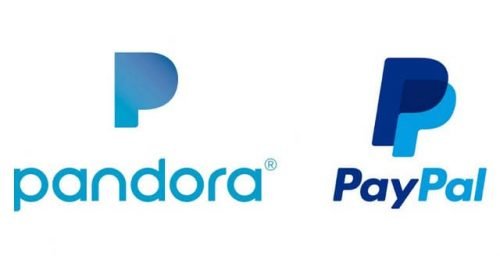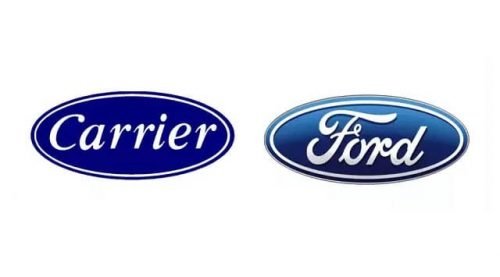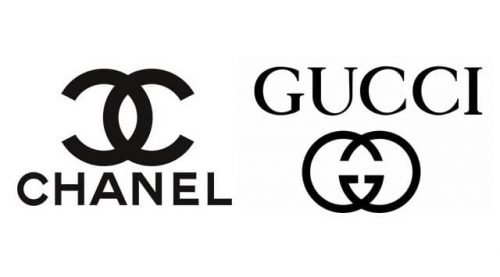
Designing an original logo is an art, and like all art forms, it is subject to inspiration vs. copying. There is such a thing as brand inspiration, but there is a fine line between being inspired and downright design plagiarism. This is on par with the plagiarism that students face during their school and college days while writing a paper. During one’s academic course at university, students must research and write several papers and check for its uniqueness before submission.
The devil is in the details!!!
When you are designing a logo you get inspiration from various sources and it might be hard for the creator to understand whether they actually redesigned an already existing logo. An interesting suggestion is to describe your logo in a writing and check it for plagiarism with https://gradesfixer.com/plagiarism-checker/. If the plagiarism checker finds a similar logo description out there on the Internet, then you should look it up and, probably, think twice about its uniqueness. This method will work especially well for young design or art students as they need to develop their creativity and learn from their mistakes.
How can a general viewer look at the logos presented in front of them and differentiate? How will they be able to see which one is legit and which one has been copied? Or if each of them is unique in their own rights? They must look at the details and be able to differentiate!
Copyright issues

Trademark lawsuits over designs are found to be in abundance. The likelihood that people may get confused with the designs and associate it with another brand or entity is a threat to the original owners. In 2017, for instance, PayPal filed a lawsuit against Pandora for its rebranded logo, symbolizing the letter ‘P.’ It was a much tweeted about design copyright case in which the general consumers were vocal about their confusion as to which logo belonged to which company. Pandora was forced to change their logo, and they came up with another, still bearing the letter ‘P,’ but instead of the blue, it displayed a fiery combination of blue, indigo, and red.

Text-based logos are harder to differentiate since there are only so many fonts and so many colors. For instance, the brand logos of two very famous companies, Carrier and Ford, come to mind. Both are text-based set in a blue-based oval geometrical emblem. However, if one is to look closely, the blue in each of the logos is different, and the fonts they have used are different as well.
Similarity through history
If you suspect logo plagiarism between two famous brands, it will surely create a copyright court case, even a law freshman will tell you that. However, what should an aspiring designer do if they accidentally plagiarized a logo from a company that no longer existed or was known in a small area only?

A well-known trademark Airbnb has announced its new logo design in 2014. And all went well until an remarkably similar symbol used by a Japanese drive-in called Azuma, designed in 1975, was dug from somewhere on the Internet. The resemblance is uncanny.
It is easier to determine the level of copyright infringement in a text as it can be done via software or even manually. Doing so with visual works is, however, an impossible task. Since most logos are made with a similar geometrical pattern, the task of identifying the inspired and the copied is more challenging.
Geometric similarity

Lots of brands create logos by transforming their name into a monogram. Such designs might not even look similar at first glance. However, unless you have two of them side by side, you won’t even remember which one belongs to which company.
Two famous fashion brands Gucci and Chanel had their logos designed by geometric transformations of two ‘G’s and two ‘C’s. But for some reason, they almost like a mirror reflection of each other. Even though there are several notable differences between them, lawyers can easily start a battle in court because of these creative interpretations similarities.
When designing a logo, you can’t be too fast in deeming one to be copied or plagiarized. Simply accusing another designer of copying from you can backfire on you and your brand if the complaint’s basis isn’t accurate. Even then, it is a matter of whether or not the judge can detect subtle differences.






